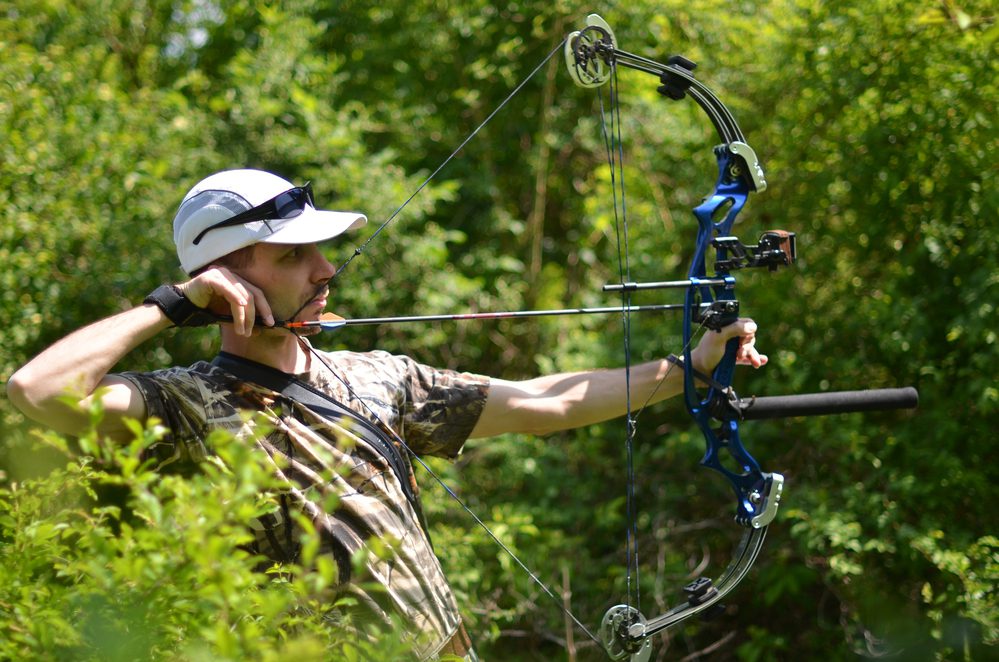Introduction to Choosing the Right Recurve Bow
Embarking on the archer’s journey begins with a pivotal choice: selecting the perfect recurve bow. This foundational decision influences everything from shooting technique to rate of progress, dictating how well your equipment complements your physicality, skill level, and archery ambitions. Whether for competitive sport, recreational use, or traditional practice, the right recurve bow becomes an extension of yourself, transforming an ancient art into a personal discipline.
Understanding the Recurve Bow
A recurve bow carries a unique design where the bow limbs curve away from the archer when unstrung. This structure imparts more energy into the arrow, granting increased speed and smoothness during release.
Why Choose a Recurve Bow?
“The recurve bow combines ancient design with modern-day archery technology, offering a balanced experience for beginners and advanced archers alike.”
Recurve bows are popular for training purposes, especially in the UK, where archery holds a cherished spot in national history and sporting. They are also the only style of bow permitted in Olympic events, highlighting their significance in traditional archery disciplines.
Factors to Consider When Selecting a Recurve Bow
Finding the Right Draw Weight
Draw weight is crucial as it affects the force required to pull the bowstring. It’s essential to find a balance between your physical strength and the bow’s resistance to ensure comfort, control, and accuracy. Heavier draw weights offer more power but demand greater strength and stamina.
“Starting with a lower draw weight is advisable for beginners, as it allows for the development of proper form and technique without undue muscle strain.”
Appropriate Bow Length
A longer bow provides a smoother draw, while a shorter bow offers more portability. However, an overly short bow can increase the difficulty of achieving accurate shots, particularly for beginners. The perfect bow length enhances stability and forgiveness during shooting, vital for those refining their skills.
Quality and Craftsmanship
The materials and construction of a recurve bow contribute to its performance, durability, and feel. Traditional bows made from wood offer a more authentic experience, while modern versions use carbon fibre or aluminium for enhanced strength and consistency.
Budget Considerations
Prices vary significantly based on brand, materials, and design sophistication. While it’s tempting to opt for budget-friendly options, an investment in quality can lead to a more satisfying archery experience. It’s wise to balance cost considerations with your commitment and goals in the sport.
Setting the Scene for Archery in the UK
With a rich history dating back to the pre-medieval period, archery in the UK has evolved into a celebrated sport with numerous clubs and societies dedicated to its practice. The choice of a recurve bow is influenced by factors including local archery laws, societal norms, and the level of archery infrastructure present.
Legal and Safety Aspects
In the UK, there are specific laws concerning the use and ownership of bows. Recurve bows aren’t classified as weapons, but their use is governed by legal and safety guidelines. These stipulate appropriate environments for archery and stress the importance of public and personal safety.
Joining Archery Societies
Archery societies in the UK often provide beginner courses, and joining one can be an excellent step towards finding the right equipment. Experienced members can offer insights and recommendations based on personal experiences, potentially guiding new archers towards informed decisions.
Matching the Bow to the Archer
Identifying the right recurve bow involves a comprehensive understanding of the individual’s physique, skill level, and aspirations within archery. Here, we detail a process to ensure a suitable match:
- Assess Physical Attributes: Consider your height, arm span, and draw length. These factors dictate the appropriate bow size and draw weight, ensuring comfort and manageability.
- Define Your Purpose: Are you shooting for recreation, competition, or hunting? The bow specifications can differ based on these activities.
- Consult with Professionals: Seek advice from seasoned archers or coaches. Their expertise could steer you towards a choice that complements your style and goals.
- Test Different Bows: If possible, use various bows to get a feel for different draw weights and bow lengths. Physical experience with the equipment provides invaluable clarity.
- Consider Growth and Progress: Select a bow that suits your current skill level but also accommodates potential progress. Some recurve bows are more adaptable, allowing for increased draw weight as your strength and skill develop.
Conclusion: Embracing the Archer’s Journey
The path to archery proficiency is deeply personal and endlessly varied. By selecting a recurve bow that fits your physical capabilities, aspirations, and respect for the sport’s traditions, you lay a solid foundation for a rewarding archery journey. Remember, the quest for the perfect bow is not merely about the bow itself, but more about how it complements your unique archer’s journey. It’s about finding that perfect extension of yourself that lets you merge skill, spirit, and sport into one harmonious act.
